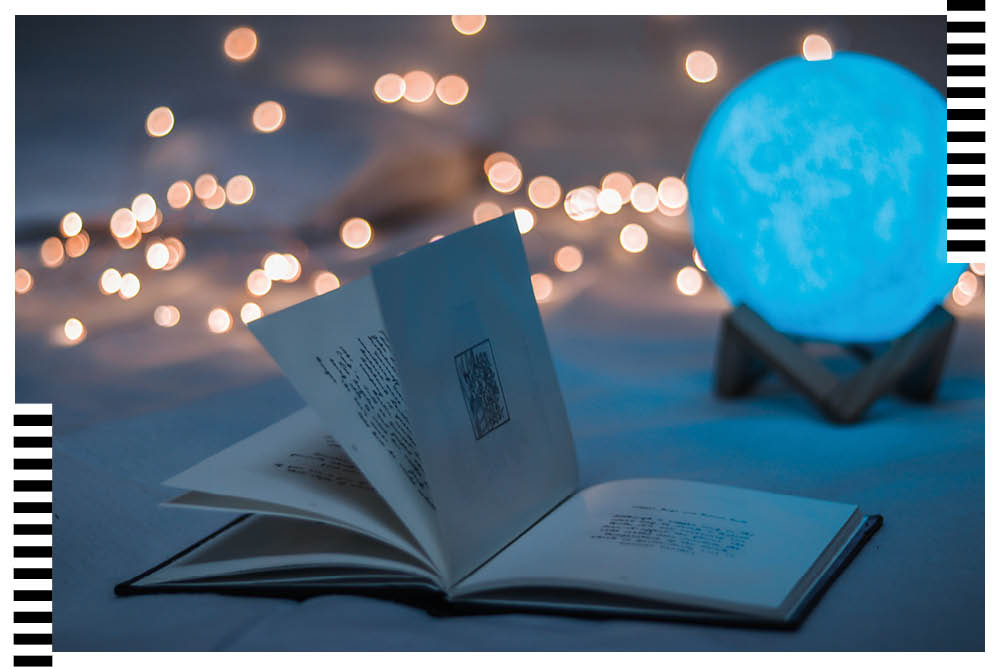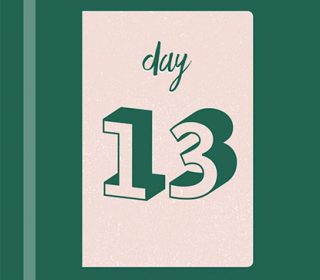Power down with The Book of Rest

How often do you do nothing? Not reading, not watching TV, not scrolling absent-mindedly on your phone. Just pure unadulterated nothing? Staring into space as the kettle boils, lounging aimlessly on the sofa for a few minutes or gazing out of the train window? We suspect the answer is, rarely. Even compared to just 10 years ago, we’re giving our brains far fewer breaks than ever before. We’re cramming stimuli into every last second of our lives without realising it, and, just like an overstimulated child, we can’t stop. Unsurprisingly, this is leaving us with a sense that our lives are too full – that we’re running on empty or maybe even on the verge of burnout. It’s even affecting the quality of our sleep.
Smartphones are the obvious culprit of the decline in natural pauses in our lives, but we’re also engaged with a culture that encourages us to be constantly doing something – and that includes things that are supposed to help us feel more relaxed, such as meditation, yoga, and mindfulness. Such practices can be amazing aides to our wellbeing, but they can become yet another addition to our to-do list. Our preoccupation with becoming a healthier, more chilled-out person is leaving us frazzled.
That said, there is an interesting and somewhat revealing movement in the yoga industry right now, towards more rest-based classes. Not just those that might be described as “restorative” involving fewer longer-held postures, but sessions in which you unroll your mat and lie down for an hour (or more) as the teacher guides you towards the precipice of sleep.
This practice, known as yoga nidra, is not a new phenomenon, in fact, it’s thousands of years old. Now its popularity is on the rise, and speaks a great deal about where we’re at. We’re starting to recognise the ill effects of living with constant stimulation, and of being encouraged to carry the oxymoronic conviction that self-acceptance can only be achieved if we make changes first. As a consequence of this, we’re now trying to find refuge from it all.
This refuge, we’re discovering, is within us. Yoga nidra does not involve the application of peace on to your experience; it’s a process of removing everything but your awareness. A yoga nidra class provides a fantastic forum to venture behind and beyond the constant nagging of the world around us and our over-stimulated brains. The sanctuary is not in the class, it’s in your body and mind’s natural ability to rest.
Much ado about nothing
Unlike sleep, when resting, we’re conscious, but not controlling any aspect of our experience. Think back to the last time you middle-distance gazed, or that moment after waking but before you started to work anything out; a brief moment of existing without thinking when you were simply being.
Rest occurs when nothing else is happening, just as meditation is not something you do but more what is left when you don’t do anything. Our proposition is that a deep state of rest is akin to a state of meditation, in that it’s an experience of the absence of doing and thinking. When all else stops, we exist as the unending stillness of awareness that is the backdrop to all experience.
Rest sounds pretty fancy and complicated when we describe it like that, but we do so to convey the significance of ‘rest’ in a world where we’re told we must work hard and do as much as we can at all times. Rest reveals a part of us – a part of everyone – that needs nothing. To retreat into this aspect of ourselves is a balm to suffering, and enables us to exist, even if only for a few moments, without judgement, fear or expectation, and with complete self-acceptance of ourselves and everyone around us. And it involves doing, having and being good at absolutely nothing.
Silence the stimuli
We’re all capable of resting. It doesn’t require any skill or kit and you can do it anywhere. True rest (stopping, and not taking in any stimulus) is simple. You can slip into rest by staring out the window, sitting and closing your eyes, lying on the bed… nothing remarkable so far. However, you’ve probably noticed that you can embark on any one of these “non-activities” and still feel far from restful. You might even feel a sense of frustration, or of being less relaxed than before you took a moment to stop.
The first problem we face with rest is that it doesn’t come without a number of irritating friends: boredom, restlessness and a whirring mind may appear at first to be rest’s enemies, but they can in fact be signposts that the state of rest is just around the corner. Boredom is a natural and essential part of our experience. Restlessness comes to an end, and the awareness of a whirring mind is symptomatic of what happens when we allow ourselves to stop – we notice what’s happening within ourselves.
Indeed, this is often where the urge to seek further stimulus comes. We might not like what we see when our attention has nowhere to go other than to ourselves – an aching back, a deep weariness, a multitude of thoughts and memories in our heads – and so we start looking outwards again for distraction.
The first thing to remember as you set about a few moments of rest is that it’s unlikely to feel restful at the start. You’ll notice things, and it may be uncomfortable, but this is not a barrier to you slipping into the restful space. Progressing beyond these irritants will allow your nervous system to begin its natural process of unravelling toward relaxation.
The quiet within
The greatest gift that comes from simply stopping is that it reveals more of our underlying consciousness. This consciousness differs from the mind’s constant habit of churning, thinking and trying to figure everything out. It is the quietness in which the mind and all its experiences appears.
The pain in the back, the noises around us, these all exist within this quiet stillness – and to experience ourselves as being this quiet stillness can feel like coming home to one’s real self.
Try the following, but remember, try not to be hard on yourself, and the ease will come:
• When faced with a natural pause (at the bus stop, waiting for a friend) don’t pick up your phone. Relish the challenge of doing nothing for a few moments, even if it feels awkward.
• Set a timer for five minutes. Sit or lie down and set yourself the task of doing nothing. If your mind is busy, do nothing about it. If your legs are twitchy, allow them to be just that. Watch, allow, accept. In time, increase to 15 minutes, then 20, and eventually 30 minutes.
• Notice how many times in your day you’re reaching for stimulus when you could instead do nothing. Notice if you have a tendency to avoid natural pauses and empty moments. Instead, see if you can invite them in.
• Take a walk with the intention of getting nothing out of it and sharing it with no one (leave the fitness tracker at home, don’t take any pictures and see if you can resist recounting the experience to anyone after).
Your most restful nature is already right here. You don’t need to do anything to realise it (other than nothing…).
The Book of Rest by James Reeves and Gabrielle Brown is out now (£12.99, HQ)








